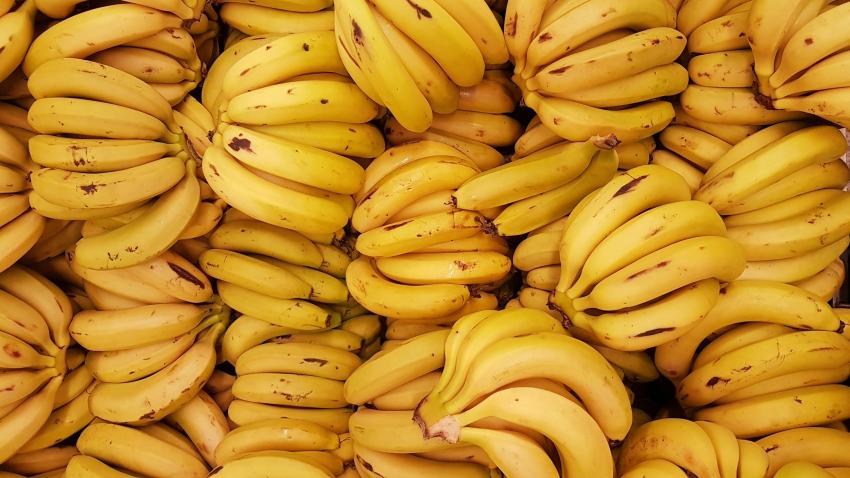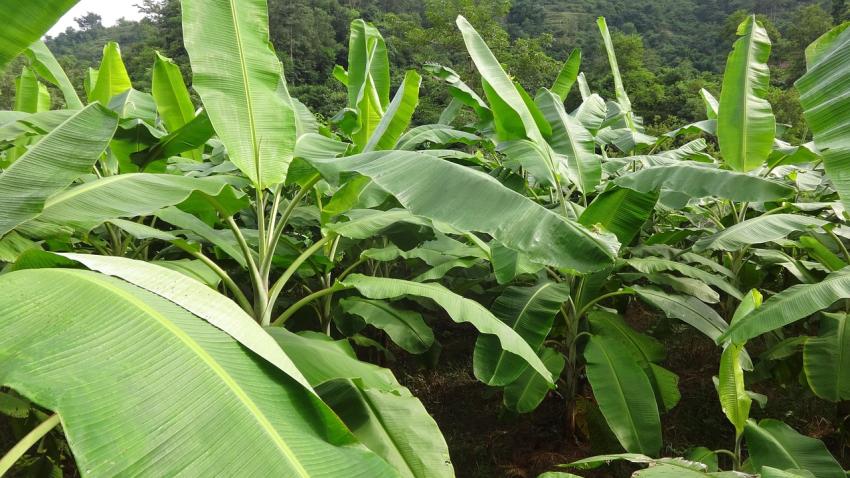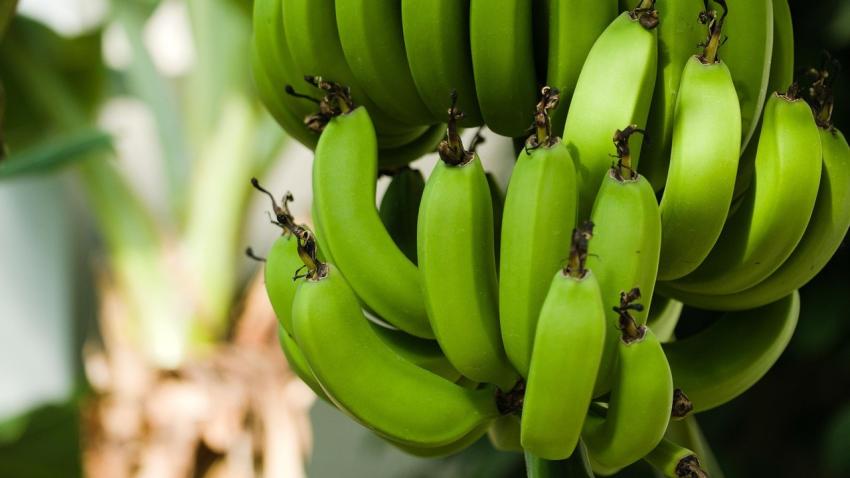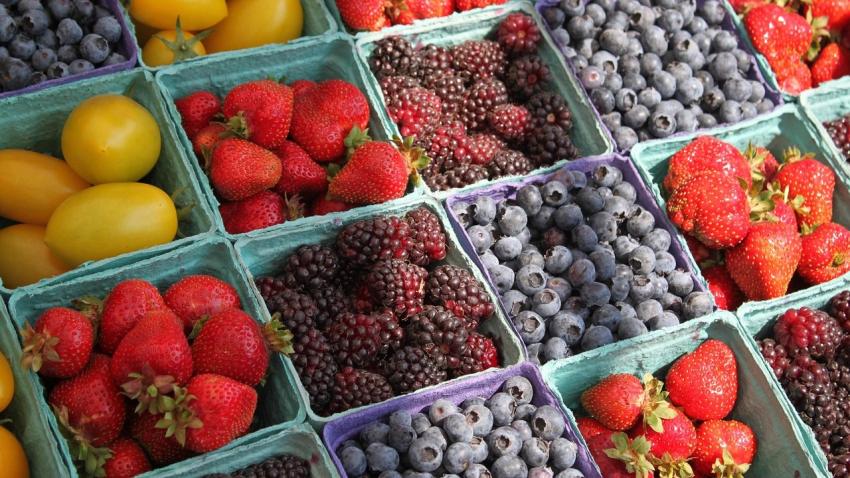You are here
Back to topChina-Driven Banana Boom in Laos Faces an Uncertain Future

At the end of January 2018, the General Administration of Quality Supervision, Inspection and Quarantine (AQSIQ) issued an announcement regarding import and export of banana plants in Laos. According to the notice, China and Laos have signed a protocol that delineates inspection and quarantine requirements for Lao banana exports. Only bananas grown in Laos that meet these requirements will be cleared for export to China. This is the first time export standards have been established between the two countries since Laotian bananas were allowed to enter China through general trade in 2013.
The agreement dictates that bananas entering China from Laos must meet the following requirements: First, the harvesting time must be ten to eleven weeks after flowering. Ripe bananas will not be permitted entry into China. Second, banana exports must comply with Chinese phytosanitary regulations—i.e. bananas found with dangerous contaminates will be rejected. Third, banana exports shall not possess the rhizome (stem), leaves or soil during transportation. Four, delivery must be made to the designated location according to Chinese regulations.
The export of Lao bananas to China has grown significantly since 2013. According to the Ministry of Agriculture and Forestry of Laos, banana exports have become the largest source of Laos’ foreign exchange. According to customs data, in 2014, Laos exported 43,000 tons of bananas to China that amounted to USD 31 million. By 2017, the volume of exports reached 220,000 tons, with a value of USD 162 million, up 410% and 420% respectively. In 2016, the export volume reached a record high of 250,000 tons and a value of USD 183 million. Laos currently the second largest exporter of bananas to China. In 2017, however, exports declined when the Lao government halted development of large banana plantations and embraced more stringent stance against polluting banana farms. As a result, many banana plantations that did not conform to new environmental protection standards were forced to shut down.
More than 90 percent of Laotian bananas enter China through the Mohan Port of Yunnan province, which is the only state-level port between China and Laos. The road linking border towns Boten, Lao and Mohan, China is known as the "lifeline" of Laos’ banana transport.
Presently, the total land area of banana farms in Laos encompasses about 65,894 acres. Large shipments of bananas from Lao to China are made between December and the first half of the following year. The vast majority of banana plantations in Laos are owned by Chinese investors. The influx of foreign investment came after 2014 when a large number of Chinese investors looked to Laos’ abundant arable land and cheap labor for banana cultivation. Massive Chinese investment facilitated a boom in the local economy. Local officials praised the investment as having brought jobs and higher wages to northern Laos but came to condemn the absence of measures to protect soil, the use of large amounts of pesticides, and high costs associated with establishing banana plantations.
In 2016, a report from Lao’s National Journal of Sex Research found that inordinate use of chemicals led to the escalation of workers' illnesses and water pollution. The government of Laos responded by banning the establishment of new banana plantations. Old plantations are still permitted to operate but are faced with stricter environmental protection regulations. The future development of the Laos banana industry and its banana exports remain uncertain.

















Comments
passer by replied on Permalink
That's what Laos can export
Joe replied on Permalink
Its time the Lao PDR
Add new comment